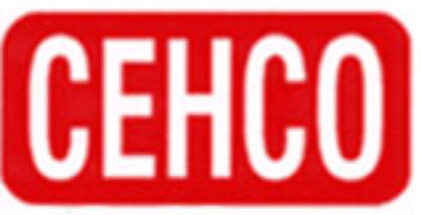An active switching rectifier, also known as an active rectifier, is an electronic device used to convert alternating current (AC) voltage into direct current (DC) voltage with the active involvement of semiconductor devices such as diodes or transistors. Unlike passive rectifiers that use diodes and rely on the natural voltage polarity of the AC signal, active rectifiers actively control the direction and timing of current flow, allowing for more precise and efficient voltage conversion. Here are the key features and components of an active switching rectifier:
-
Semiconductor Devices:
- Active rectifiers use semiconductor devices like diodes, thyristors (SCRs), or transistors (MOSFETs or IGBTs) to control the flow of current.
- Diodes or transistors act as switches that can be turned on and off to control the direction of current flow.
-
Switching Control:
- Active rectifiers employ a control circuit or controller that governs when and how the semiconductor devices switch.
- This control allows for precise regulation of the output voltage and current, making active rectifiers suitable for applications that require variable or regulated DC voltage.
-
Bidirectional Operation:
- Some active rectifiers are bidirectional, meaning they can convert AC to DC and vice versa. This is useful in applications where power needs to be both extracted from and delivered to the AC grid.
-
High Efficiency:
- Active rectifiers are known for their higher efficiency compared to passive rectifiers, as they can minimize losses by controlling the switching of semiconductor devices.
-
Power Factor Correction (PFC):
- Many active rectifiers include power factor correction functionality, which improves the power factor of the load and reduces reactive power consumption. This is essential in applications with regulatory requirements for power factor correction.
-
Regulation and Control Features:
- Active rectifiers often come with voltage and current regulation features, allowing users to set and maintain specific output parameters.
- Some active rectifiers include protection mechanisms such as overcurrent protection and overvoltage protection.
-
Applications:
- Active rectifiers find applications in various industries, including:
- Motor drives and variable frequency drives (VFDs) for precise control of motors.
- Renewable energy systems such as solar inverters and wind turbine converters.
- Battery chargers and uninterruptible power supplies (UPS).
- Power electronics and industrial automation.
- Active rectifiers find applications in various industries, including:
-
Switching Frequency:
- The switching frequency of the active rectifier may vary depending on the design and application. Higher switching frequencies are often used to reduce the size of associated passive components, such as filters and transformers.
-
Heat Dissipation and Cooling:
- Active rectifiers can generate heat due to switching losses in the semiconductor devices. Adequate cooling and heat dissipation mechanisms may be required to ensure proper operation.
Active switching rectifiers are versatile and can be designed for a wide range of voltage and current ratings, making them suitable for various applications requiring precise voltage control and high efficiency. However, they are more complex and costly to implement than passive rectifiers, which are typically used in applications where efficiency and control are less critical.

